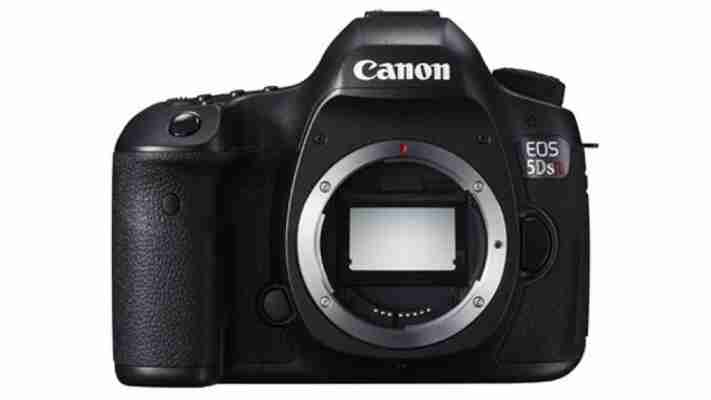Canon’s latest DSLR has one simple headline spec - a 50 megapixel sensor. The new Canon 5DS (and its close sibling the Canon 5DS R) can capture more detailed images than any previous DSLR. It’s a huge hike in resolution from the previous record holder the 36.3-megapixel Nikon D810 .
Canon hopes that this will bring medium-format picture quality to DSLRs, and in terms of resolution it’s certainly matching the likes of Hasselblad. It’s more than double that of the Canon EOS 5D Mark III , which this camera is essentially identical to when viewed from the exterior.
The full frame 50.6 megapixel sensor can generate an image with an 8,788x5,792 resolution. If you’ve got the right light and right lens then you should be able to make the most of it. However, Canon has also built in 1.3x and 1.6x crop modes into the camera, so you can reach out further with your lenses when shooting distant subjects. With the high resolution of the sensor, you’re still getting a 30-megapixel image at 1.3x and a 19-megapixel one at 1.6x.
Focusing shouldn’t be a problem with 61 focus points across the sensor, of which 41 are the more sensitive cross-type. The image handling is done by dual DIGIC 6 processors, which means it can manage 5fps continuous shooting at the full resolution. There’s USB3 here too, which should be handy for getting all that data from the camera at the end of the day. And at 60MB for a single RAW image you’ll appreciate the extra speed.
It’s not intended for video though, with no 4K shooting mode and no uncompressed HDMI output. The camera can create time-lapse videos in camera though, and has a bulb timer that allows for exposures of up to 4 days (great for capturing the stars at night, if you’re at the north pole in mid-winter at least).
The 5DS is certainly designed for shooting beautifully detailed portraits and landscapes - things that don’t move much. To this end, Canon has apparently strengthened the tripod mount for improved rigidity and stability. It’s also redesigned the mirror to reduce any vibrations from its movement that might reduce the sharpness of the shot.
To that end, the 5DS R variant comes with a low-pass cancellation filter. We’re trying to find out exactly how this works from Canon, but it seems to have the same effect as the removal of the low-pass filter in other DSLRs, giving you greater sharpness but with the risk of moire patterns in regular, man-made textures.












